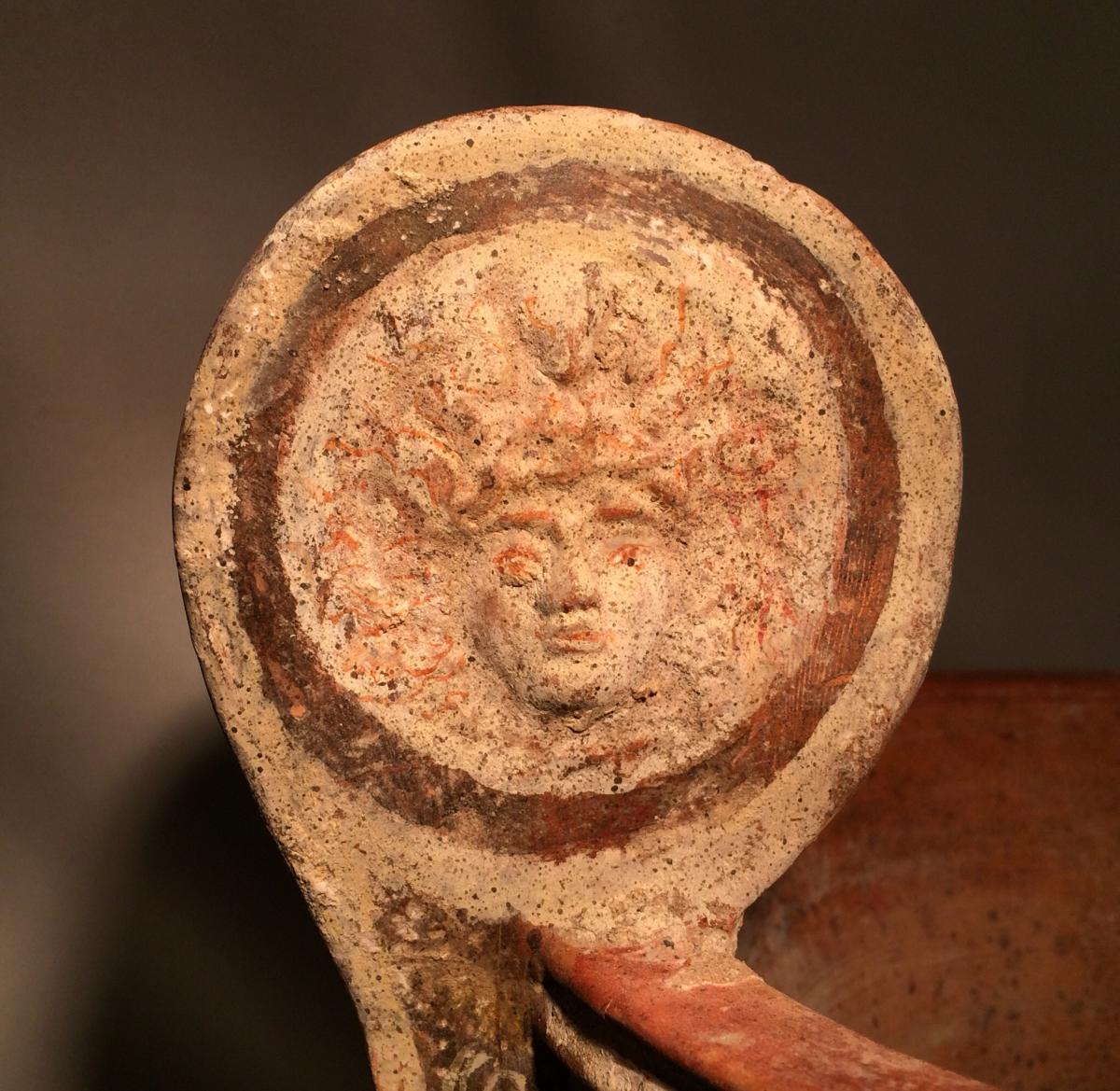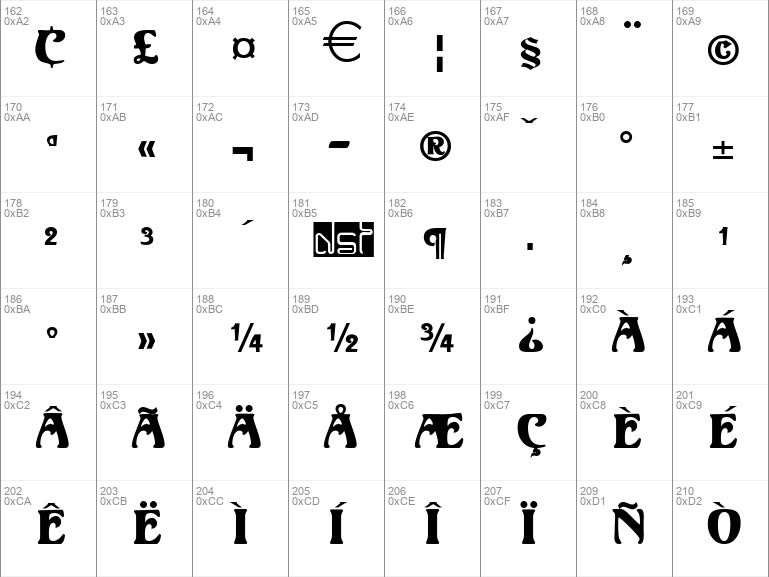


Apulian painters display their skill by depicting intricate figurative and ornamental details across complex compositions, through their use of foreshortening (the technique of drawing objects so they appear to recede into space) when painting architectural structures, and by adding colors such as white and yellow to their red-figure works. Between the mid-5th and end of the 4th centuries BCE, Apulian vase painting reaches its height, producing vessels of monumental size (ranging from approximately 30cm to over 1.5 meters) covered in elaborate decoration. While volute kraters are found across the Greek world as early as the 6th century BCE, the form becomes the most characteristic vessel type painted by Greek colonists in Apulia (Magna Grecia). Volute kraters are a specific type of krater named for the spiraling, volute (scroll-like) shape of the handles. Kraters are large, wide-mouthed vessels commonly used for mixing water and wine, although they also served a funerary function, either placed in a tomb or used as grave markers. More than 1,500 vases are attributed to this artist, who worked in what is modern-day Apulia, Italy.

The artist of this vase is known as the Baltimore Painter, taking his name from the location this piece, his most prominent work. While the two women at the base of the podium can be understood as mourners bringing gifts to the warrior’s grave, the other four could also be souls in the Underworld holding objects, such as the shaft of wheat, symbolic of rebirth. On the reverse is a warrior clothed in Campanian (southern Italy) clothing, seated in a naiskos (shrine) as six seated women gaze toward him. The theme of death repeats on the krater’s neck, showing a beautiful woman, perhaps the goddess Aphrodite, in a scene of apotheosis for the youth that accompanies her in the four-horsed chariot. The identities of the figures gathered around the outside of the structure are unclear, but perhaps they are dead souls in the Underworld. Terracotta volute-krater (vase for mixing wine and water) Attributed to Sophilos early 6th century BCE On view at The Met Fifth Avenue in Gallery 152 Sophilos is the first known artist from the Athenian Potters' quarter to have signed his name on his workonce as potter and three times as painter. The timestamp is only as accurate as the clock in the camera, and it may be completely wrong.Covered with figures and ornament, the centerpiece of this volute krater is the god Hermes–identified by his hat, caduceus and winged boots–who stands in a colonnaded structure before a seated woman, perhaps Persephone.

If the file has been modified from its original state, some details such as the timestamp may not fully reflect those of the original file. This file contains additional information such as Exif metadata which may have been added by the digital camera, scanner, or software program used to create or digitize it.


 0 kommentar(er)
0 kommentar(er)
